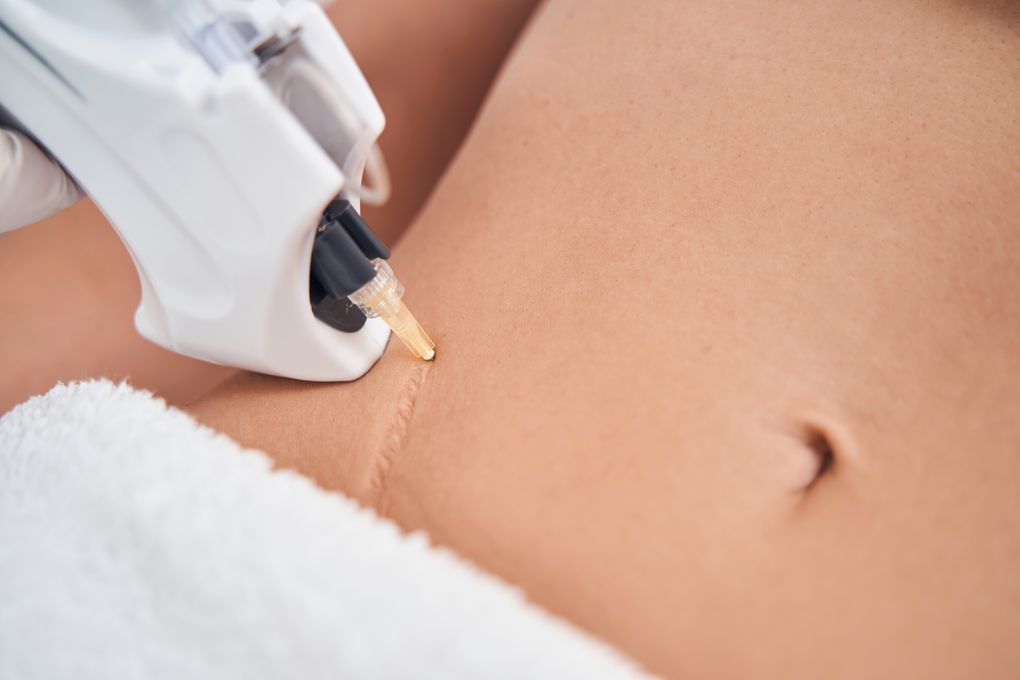After a skin injury, accident or surgery, there’s a high likelihood of scar tissue forming. As a result, a scar will be left behind and, depending on many factors, it could affect a person’s appearance dramatically. While a scar can be emotionally and mentally stressful, it doesn’t have to be permanent.
Scar revision is a great plastic surgery solution to make a scar less noticeable and be more on the subtle side.
Scar Revision
This procedure is incredibly common and can help to improve the appearance or condition of a scar no matter where it is on the body. It aims to make the scar as invisible and smooth as it can be so that the patient will have fewer/no issues with his or her looks down the line.
Anyone that’s planning to get a scar revision should consult a plastic surgeon that has scar treatment experience. Evaluation of the scar (and, consequently, recommendations about ideal treatments) will be done by a physician.
Kinds of Scars
Scars can be incredibly evident due to their shape, size, and/or where they are. They could either be depressed or raised, depending on the circumstances. Compared to the healthy surrounding skin, they could vary in texture and color. Here are some of the most common kinds of scars:
1. Contractures
Contracture scars are the kind that limits movement in people because, during the healing process, underlying tissue and skin pull together. It tends to happen when a particularly big chunk of skin is lost, especially after the likes of a burn or a big accident.
2. Hypertrophic Scars
When a person has hypertrophic scars, they are evident since they’re raised. For the most part, they are red, thick, and tend to form right on the wound site. In terms of shades, they can be either hypopigmented (light) or hyperpigmented (dark).
3. Keloids
When scar tissue clumps together and becomes thick, those are keloids. Keloid scarring will either bring on feelings of itching or outright pain. They get bigger than the incision or wound that led the scar to appear in the first place. Keloids tend to develop on the shoulders, ears, neck, chest, or face. People with dark skin are more likely to have them.
Scar Assessment
When it comes to treatment, how much scarring is there and what type of scar there is will determine what’s best. Procedures can be done with either general or local anesthesia. The scar’s type and size tend to reflect the original injury’s degree. Scar location and genetics also play a part; some can be minimal, but keloids and other thick scars may lead to major issues.
Keep in mind, when a Plastic Surgeon performs a cosmetic procedure, scars are placed in locations that are cosmetically acceptable, unlike traumatic wounds which can be anywhere.
When Should You Go Ahead With This Procedure?
What should you do if your scar is still red? The answer may surprise you: you should wait to have the surgery until the scar lightens in color. It is best to wait until at least 60-90 days after your original surgery or longer. It depends on your skin, due to continuous collagen remodeling it may take up to 12-18 months for the scar to mature and gain the tensile strength closer to the one of uninjured skin. However, when patients start feeling like they’re going to be embarrassed about it, it’s time to go see a plastic surgeon.
Skin Revision Surgery Types
There are many types of scar revision incisions and techniques that a Plastic Surgeon can use, depending on the type, length location and depth of the scar.
Conclusion
Scar revision is something that should make a scar more subtle and less noticeable. It can be done both surgically and non-surgically. Scar types include keloids and hypertrophic scars.
In need of scar revision surgery? Book an appointment at Peninsula Plastic Surgery today! We do Mommy Makeovers, eyelid lifts, liposuction, breast lifts and so much more.
